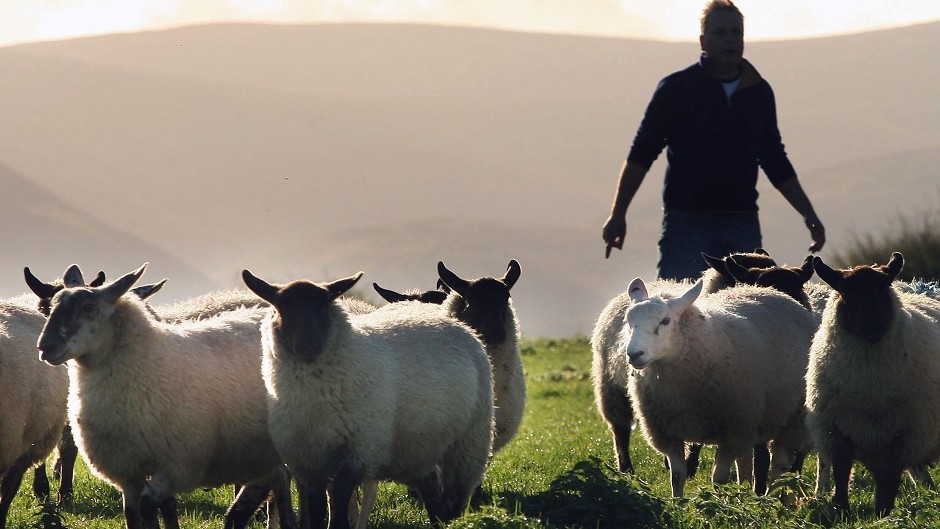Scotland’s crofting sector is in good shape, according to results from the first ever sector census.
The census, which was carried out by the Crofting Commission, found that 97% of crofters cultivated and maintained their crofts, while 87% said they were currently resident on the holding.
The census also found that 76% of crofters keep or breed livestock, 43% grow crops, 22% grow fruit and vegetables and 13% plant trees.
It also found that 11% of crofts were being put to another use including caravan and camp sites, riding centres and golf course, while 20% of crofters said they were engaged in conservation activity.
“Crofting brings social, economic and environmental benefits to communities, especially in our remote and rural areas, and this census has given us a clearer picture of crofting in Scotland today,” said Environment Minister Aileen Macleod.
“This invaluable data on how crofts are being used will help nurture and sustain crofting for future generations and – where duties are not being fulfilled or have not been reported – enable the Crofting Commission to work with those crofters on the various options available.”
Crofting Commission chief executive Catriona Maclean said: “The census shows a positive picture for crofting with a majority of crofters who replied fulfilling their duties and a high number of active crofts. The data taken from the annual crofting census will help us to focus the work of the commission to effectively regulate crofting.
“The census also highlighted various possibilities available to those crofters who may not be complying with their duties and the commission is on hand to advise on the options they may wish to consider. We are also considering how to reach those crofters who failed to reply to ensure they are complying with their duties and participate in the future census.”
The census, which was sent to 16,591 crofters, received an 85% response rate.
It was launched to find out if crofters were fulfilling their legal duties – crofters are required to be resident on the croft, or living within a 32-kilometre radius of it, and to make sure it is maintained.
